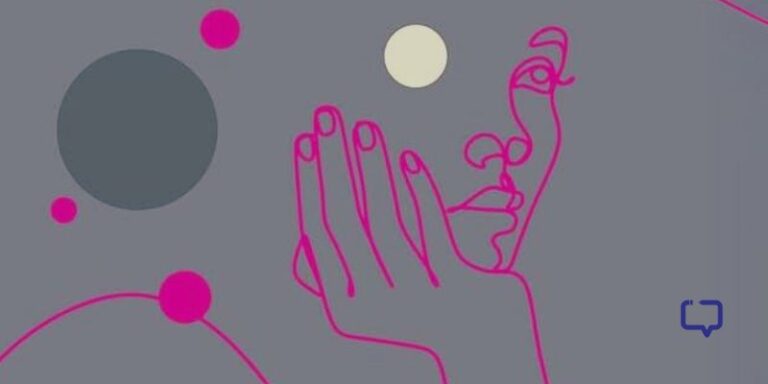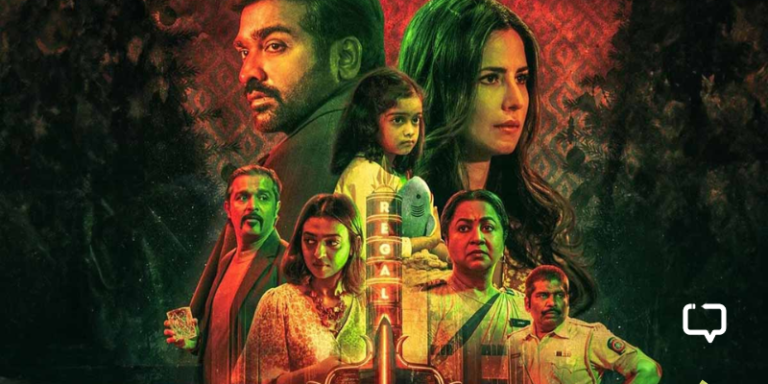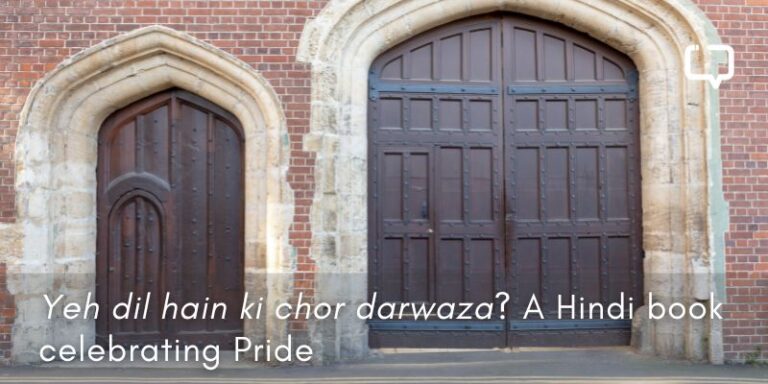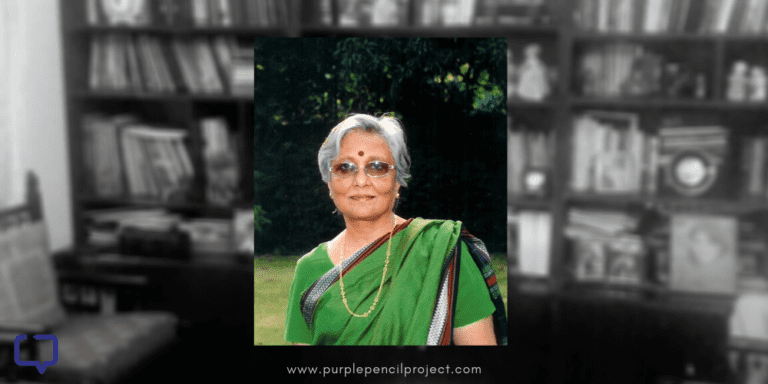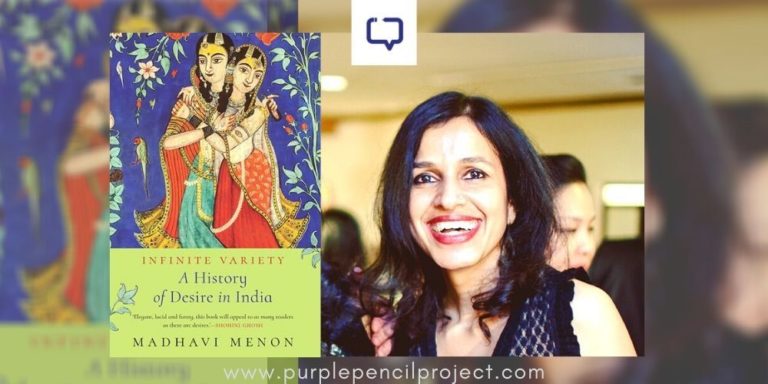Prarthana Banikya speaks to Purple Pencil Project about the magazine inspired by the eight states– Arunachal Pradesh, Assam, Manipur, Meghalaya, Mizoram, Nagaland, Sikkim and Tripura– of Northeast India, and how it’s bringing people together through the power of stories.
What was the inspiration behind The Little Journal?
Prarthana Banikya: For the longest time, I’ve wanted to start a magazine that focuses on art and literature, but I wasn’t able to determine what the magazine should be about. There are already so many incredible magazines out there and I didn’t want to start one unless it had something new to offer.
Then one day while browsing online, I came across Brooklyn Public Library’s amazing Our Streets Our Stories project and I was fascinated by all the stories bound together by a common thread, the place. We read news articles (mostly negative) about places or we meet people from a certain region, and we get to learn a little more about a village, town, or a city, but we rarely have a literature or art-based platform centered around a place and that’s especially so for Northeast India. The Northeast has more often than not been underrepresented. From this idea and need, The Little Journal of Northeast India was born.
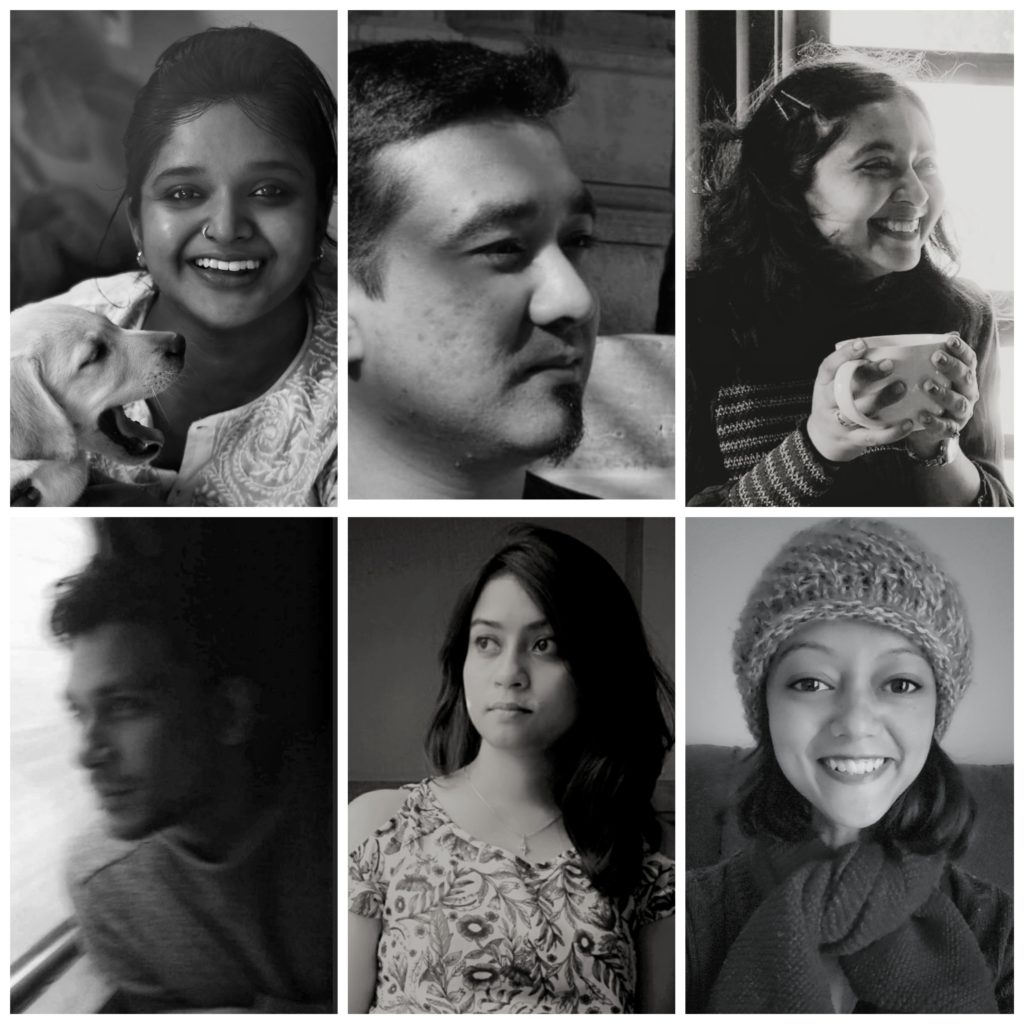
Would it be accurate to say then that The Little Journal is a storyteller?
Prarthana Banikya: Absolutely. That’s what we strive to do with every issue that we publish. We believe that there are thousands of stories – stories passed on through generations, stories shared over dinner, stories that are integral parts of families and communities, unrecorded travel stories. We look for these kinds of stories (expressed through poems, art, fiction, etc.) that say a little more about a place, its history, culture, ethos, and people.
Why “The Little” Journal of Northeast India?
Prarthana Banikya: The idea behind the journal’s title is inspired by the saying, “the best things come in small packages.” We are a very small, not-for-profit magazine, but even though we are small in size, we aim to publish the very best of art and literature from the region.
What categories of writing and art does the journal publish?
Prarthana Banikya: We publish four online issues in a year – Spring, Summer, Autumn, and Winter Issues. Each issue includes a mix of flash fiction, personal essays, art essays, photo essays, illustrations, and poems.

What do you look for when you shortlist a piece for publishing?
Prarthana Banikya: When we select a piece for publishing, we look for three primary things. One, if it is intertwined with Northeast India. Two, if the piece is unique enough that it stays in our minds even after we’ve come across it – here, what we are looking for is what many call the “stickiness” factor. Third, if it tells a compelling story through the form of their choice – writing, art, or photographs.
How can writers send pitches or ideas?
Prarthana Banikya: It’s simple. Contributors need to visit The Little Journal website to familiarize themselves with the submission guidelines and go through a few of our issues (to understand the type of work we are looking for) before emailing their submission to us.
How difficult is it to receive good quality submissions?
Prarthana Banikya: For our first few issues, it was fairly difficult because hardly anyone knew about us – we had not marketed the journal and relied solely on word of mouth. However, over the course of a year, we’ve started receiving submissions from states across India, as well as also more tucked away places like Barpeta, Jowai, Diphu, Haflong, and Bordumsa. What’s more, we have also received submissions from faraway places like Canada, Nigeria, England, U.S.A, and Philippines.
What’s next? What’s new in 2021 for The Little Journal of Northeast India?
Prarthana Banikya: This year, we plan to start another segment on interviews of writers, artists, and photographers from the Northeast. We are very excited about this segment because there are so many inspiring artists from the region whose stories we cannot wait to share with others.
What kind of impact do you hope to achieve through the journal?
Prarthana Banikya: We believe that stories transcend barriers of border, religion, culture, and class. They provide a window into worlds that are different from ours and at the same time, make us feel like we belong. The sharing of stories has always been a part of humankind’s history – through them, we make friends, form bonds, and understand others a little better. In a country that’s increasingly getting polarized, we hope that these stories bring people closer together and create a place that’s more inclusive, connected, and cohesive.
What is the relationship of the magazine with its readers? How do you get feedback, how do you know it’s reaching people?
Prarthana Banikya: We receive most suggestions and feedback via email. When an issue goes live, we also get a chance to hear readers’ thoughts through the ‘Comments’ section for each published piece. These channels allow us to constantly improve the way we do things and consider different ideas when we make editorial decisions for the magazine.
Over time, we’ve seen our readership grow with each issue. Earlier, we used to regularly scout for submissions. Now we receive a wide range of submissions that fill slots not just for the upcoming issue but also ones for following issues. We hadn’t expected this kind of a response to happen so early on and we find it very reassuring.
The trend with novels from the north-east has been to focus on the history of conflict or go to folk. Have you seen a trend in the themes of stories that get submitted? How do you avoid, if you do, making northeast the identifier of the story?
Prarthana Banikya: We love a good mix of stories! So far, we have published works about indigenous communities and habitats like Asangle Disong’s photo essay ‘A Faraway World’ about the Ze Mnui village in Manipur, Satarupa Sinha Roy’s ‘A Feather with Love’ about hornbills, and pieces about histories of conflict like Purabi Bhattacharya’s ‘canopy of underaged cloud.’
On the other hand, The Little Journal of Northeast India also has pieces with folklore elements like Desmond Kharmawphlang’s ‘A Pair of Silver Earrings’ and Gumlat Ong Maio’s ‘The Sun Twins,’ and stories that highlight universal bonds like Ranjan Choudhury’s ‘Arthur, The Wartime Child.’ With each new issue, we strive to bring new stories and themes, and a peek into distant worlds for our readers.
Interviewd by Shivani Shah
Shivani has worked as a campaigner, researcher, and editor with leading organizations across industries such as The Asian Age, The Sanctuary Asia, Greenpeace India, and The Indian Express. When she’s not working, she can be found sitting by the window reading a book, drinking copious amounts of tea or watching movies.













